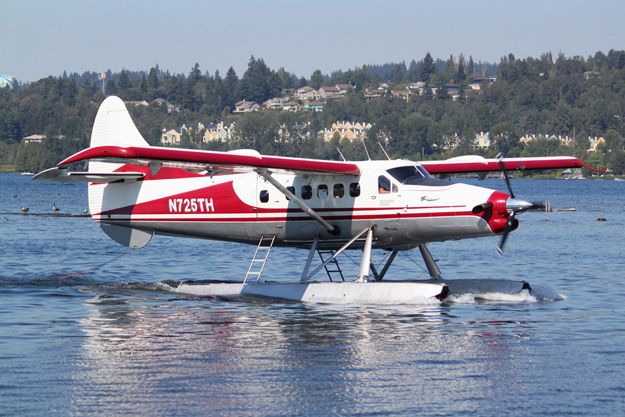The Seattle Times is reporting the FAA has ordered mandatory inspections of all 63 DHC3 Otters on the U.S. registry to confirm the correct assembly of the control links to the horizontal stabilizer. It’s specifically interested in ensuring a lock ring that secures the control mechanism is in place. The mandate comes after the NTSB publicly pressured the agency to act on its preliminary findings on the possible cause of the crash of an Otter in Washington State on Sept. 4. The tail control mechanism had come apart on the aircraft and the lock ring was missing.
The Friday Harbour Seaplanes Otter dove into Puget Sound off Whidbey Island and all 10 people aboard were killed. On Oct. 24, the NTSB urged all Otter operators to ground their planes until the parts were inspected. It followed up a few days later urging the FAA to mandate the inspections. Under the order, Otters don’t have to be grounded but they do have to be inspected by Dec. 19 and the results reported to the FAA.




































If I was operating one I would immediately fly it to be inspected or have it done where it sits. This is very serious.
Sounds like a no brainer choice! eh?
Reading “the mandate comes after the NTSB publicly pressured the agency to act on its preliminary findings on the possible cause of the crash of an Otter in Washington State on Sept. 4” tells me that FAA is an administrative mess and in dire need of a house cleaning.
House cleaning may or may not help. You go from a group of experienced people who are reluctant to do their jobs, to a group of new people who don’t know how to do their new jobs.
NTSB and FAA are two different agencies, with overlapping but different charters & objectives. NTSB is always immediately “pressuring to act” because their charter doesn’t task them with considering any factors other than the perceived or suspected danger.
As an example, the military typically institutes an immediate “stand down” in instant response to an accident, grounding the type worldwide even though they may yet have no clue what caused the accident. You can’t do that in the civilian world, although NTSB as an agency would doubtless love the policy.